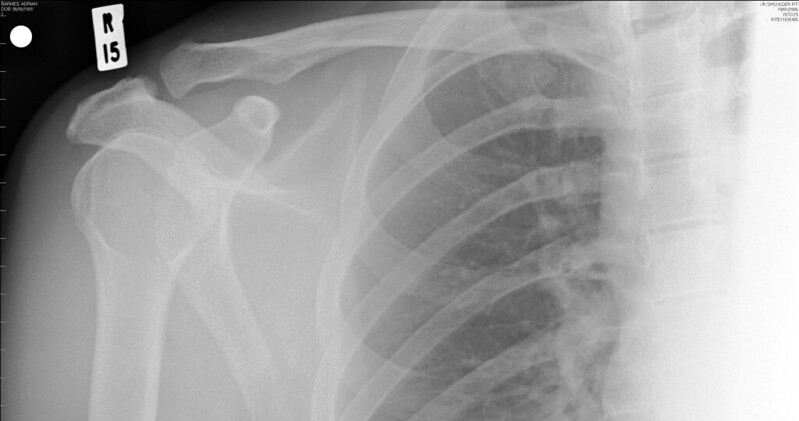Rendimiento deportivo
y realidad virtual

Ejercicio y Entrenamiento de Rendimiento Deportivo es una nueva área terapéutica que incluye diferentes entornos para la actividad física y deportiva y algunas técnicas para la mejora del rendimiento deportivo.
En primer lugar, la investigación ha demostrado, cuantitativa y cualitativamente, la eficacia del ejercicio en muestras clínicas. El metanálisis de 11 estudios de resultados del tratamiento de individuos con depresión arrojó un tamaño de efecto combinado muy grande para la ventaja del ejercicio sobre las condiciones de control (Stathopoulou, G., et al., 2006). El ejercicio parece ser eficaz como tratamiento complementario para los trastornos de ansiedad, pero es menos eficaz en comparación con el tratamiento antidepresivo. Tanto el ejercicio aeróbico como el no aeróbico parecen reducir los síntomas de ansiedad.
Ha habido algunos mecanismos hipotéticos de reducción de la ansiedad después del ejercicio; se ha propuesto una mayor autoeficacia, experiencias de dominio, distracción de los estímulos que provocan ansiedad, un método de terapia de exposición, cambios de neurotransmisores, cambios de péptidos y cambios de autoconcepto (Martinsen EW, et al. 1989, Broocks A, et al. . 1998, Strohle A. 2009, Jayakody, K. et al., 2014). Con base en estos hallazgos, alentamos a los médicos a considerar el papel de las intervenciones con ejercicios complementarios en su práctica clínica.
Por otro lado, los procesos fisiológicos (niveles de activación, manejo de la tensión respiratoria y muscular …) y cognitivos (atención, concentración, manejo del pensamiento …) pueden ser evaluados y entrenados para mejorar el rendimiento deportivo (Gardner, FL, & Moore, ZE, 2006 y 2019; Mardon, N., et al, 2016; Moen et al., 2016; Ducrocq, E., et al.2018).
La realidad virtual (VR) ha demostrado que mejora la adherencia al ejercicio, es eficaz en el entrenamiento de estrategias de ritmo de carrera, mejora el esfuerzo, mejora el estado de ánimo y el disfrute, y aumenta el funcionamiento cognitivo en comparación con las condiciones de control (Neumann, DL, 2016).
Una revisión reciente indica que la realidad virtual puede ser un complemento prometedor para el entrenamiento y la participación en el deporte del mundo real existente. Un sistema basado en la Realidad Virtual para el entrenamiento y la participación tiene varias ventajas, como permitir a los atletas entrenar independientemente de las condiciones climáticas, proporcionar un medio para competir con otros en una ubicación geográfica diferente y permitir un control preciso y replicable sobre las características del entorno virtual (Neumann , DL et al., 2018, Gardner, FL, & Moore, ZE, 2019).
Se crearon las herramientas de Psious ‘“Ejercicio y entrenamiento de rendimiento deportivo” para ayudar a los profesionales de la salud con el manejo de la ansiedad y los síntomas relacionados con el estado de ánimo y con el entrenamiento y la mejora del rendimiento deportivo. Estas herramientas pueden ayudar al paciente mediante técnicas basadas en la evidencia: Técnicas de Respiración, Relajación Muscular Progresiva, Imaginario, Body Scan y Mindfulness.
[ AVISO: Este documento ha sido traducido automáticamente mediante Google Translate. ]








